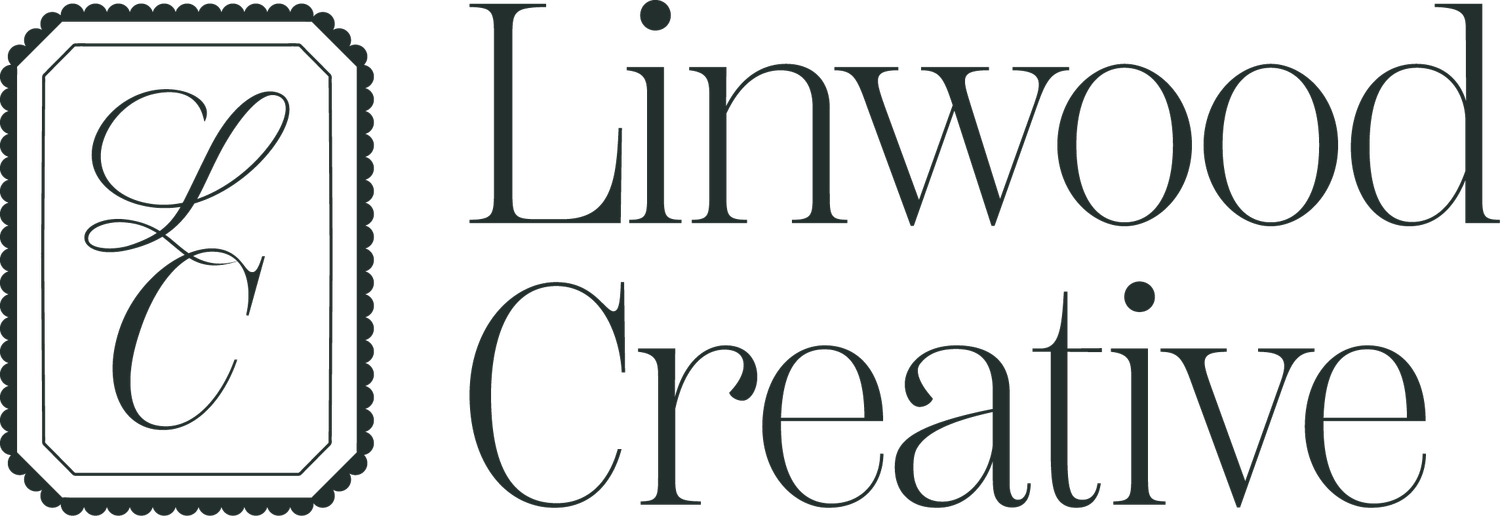The AI Conversation
Amplifying Creativity Without Sacrificing Humanity
The conversation around AI and design has become almost exhausted. Everyone has an opinion, and often it’s fear-based. I wanted to share my own take: I don’t feel threatened by AI, I embrace it.
Sure, it’s unsettling to think that computers can now perform tasks that once felt uniquely human. But rather than seeing AI as competition, I see it as an opportunity to harness its capabilities alongside my own to produce stronger, more thoughtful work.
For example, I often use different large language models (LLMs) to assist with varying tasks. I’m not always the strongest wordsmith in a business context, and AI helps me cross the finish line, streamlining processes that would otherwise take hours of agonizing over the right phrasing.
I also turn to AI when I feel creatively stunted. It helps me generate unique prompts for branding exercises — far beyond the predictable Pinterest-ready coffee shop or boutique concepts. Some of my favorites: a hotel for cats, an environmental agency. These prompts challenge me, align with my personality, and push me to think in unexpected ways. They spark ideas I get genuinely excited about and allow me to explore creative avenues I might not have considered on my own.
On a more technical level, AI has been invaluable for exploring coding and UX/UI design, areas I never formally studied in college. It feels less like teaching myself from scratch and more like receiving guidance from a patient, knowledgeable professor. Sure, AI isn’t perfect — it can hit dead ends or provide flawed suggestions — but its support opens doors I wouldn’t otherwise approach.
AI is only limiting if you let it be. For me, it’s a tool that saves time, amplifies creativity, and even protects my health. As someone with a disability who can’t spend 14 hours a day at a computer, AI steps in to help without compromising the quality of my work.
At the end of the day, AI can’t replicate the human touch. It can generate outputs quickly, but it can’t imbue work with thoughtfulness, nuance, or empathy — qualities that define strong design. Our careers aren’t at risk; the only threat comes from designers who fail to leverage the tools thoughtfully. Those who embrace AI strategically can achieve more than ever before, creating work that’s both efficient and deeply human.



